Harvest Lane Honey 3 x 6 in. Standard Beekeeping Smoker
The Harvest Lane Honey Standard Beekeeping Smoker is used to help soothe the bees. It includes a heat shield, side hook, and leather bellows. Smoking your hive with a bee hive smoker makes managing them easier. Smoking masks your pheromones from the bees and their pheromones from each other, making them more docile.
The Harvest Lane Honey Standard Beekeeping Smoker is used to help soothe the bees. It includes a heat shield, side hook, and leather bellows. Smoking your hive with a bee hive smoker makes managing them easier. Smoking masks your pheromones from the bees and their pheromones from each other, making them more docile.
- 1 bee hive smoker per beekeeper
- May have sharp edges
- 6 in. x 9 in. x 11-1/2 in.
- Beekeeping smoker is crafted from steel with leather bellows
- Includes a heat shield and side hook
- Natural coloring
Additional information
| Country of Origin | Made in USA |
|---|---|
| Product Type | Bee Smokers |
| Primary Color | Gray |
| Primary Material | Steel |
| Product Height | 11.5 in. |
| Product Length | 9 in. |
| Product Weight | 2 lb. |
| Product Width | 6 in. |
| Manufacturer Part Number | SMK3-101 |

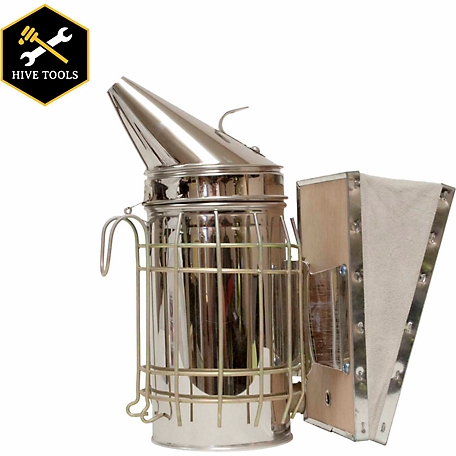
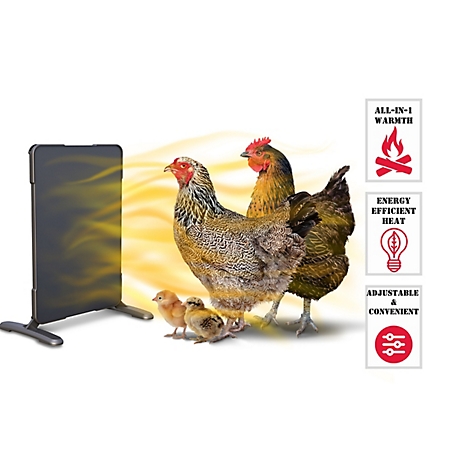
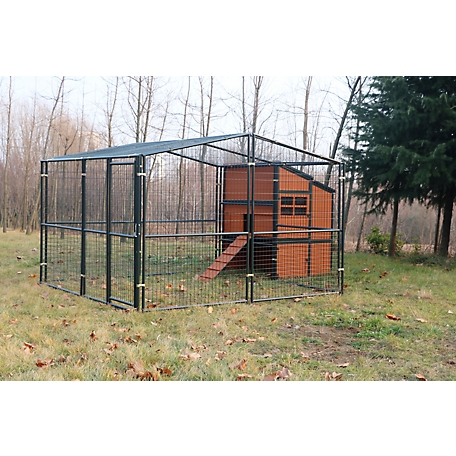
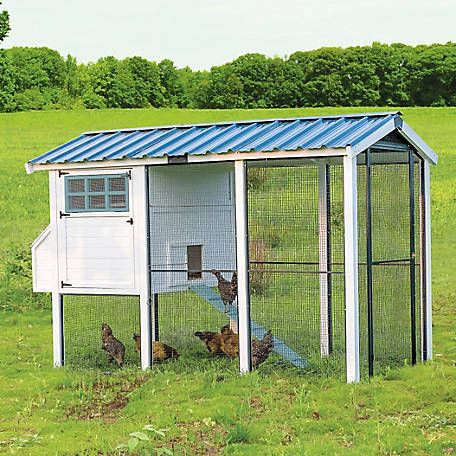


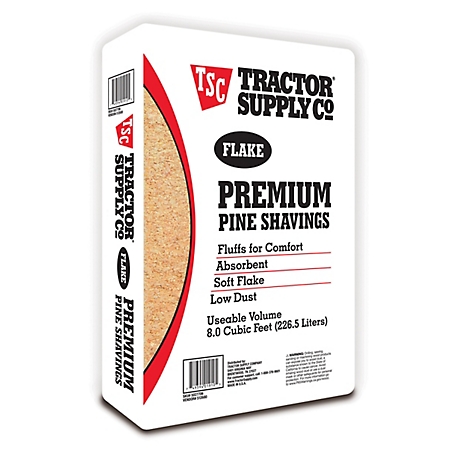
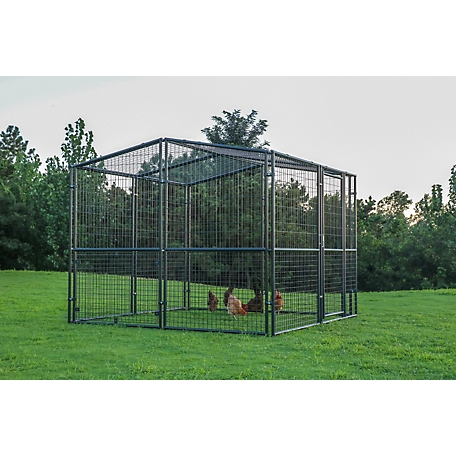



by Kimberly
I have never used a smoker before but this one is very easy to use. I fired it up and it stayed lit and making smoke the first time I tried it. It’s great!
by Paladin
The smoker is easy to fill and easy to produce smoke for my hives. Leaves, twigs and burlap make great smoke products for the Harvest Lane Beekeeping Smoker.
by Chris
Only used this smoker for a few times now, so far it’s been great!